There's something magical about watching someone uncover an ancient treasure or piece together a centuries-old puzzle on screen. These films take us to exotic destinations we might never visit, introduce us to lost civilizations, and remind us of the thrill of discovery.
From dusty tombs to lush jungles, forgotten cities to mysterious islands, treasure hunting movies transport us into worlds of adventure and possibility. Some are based on history, others pure fantasy, but all capture that universal desire to find something precious and hidden.
So grab your map, put on your explorer's hat, and join us as we dig into the best treasure hunting adventures cinema has to offer.
Indiana Jones Film Series (1981-2023)
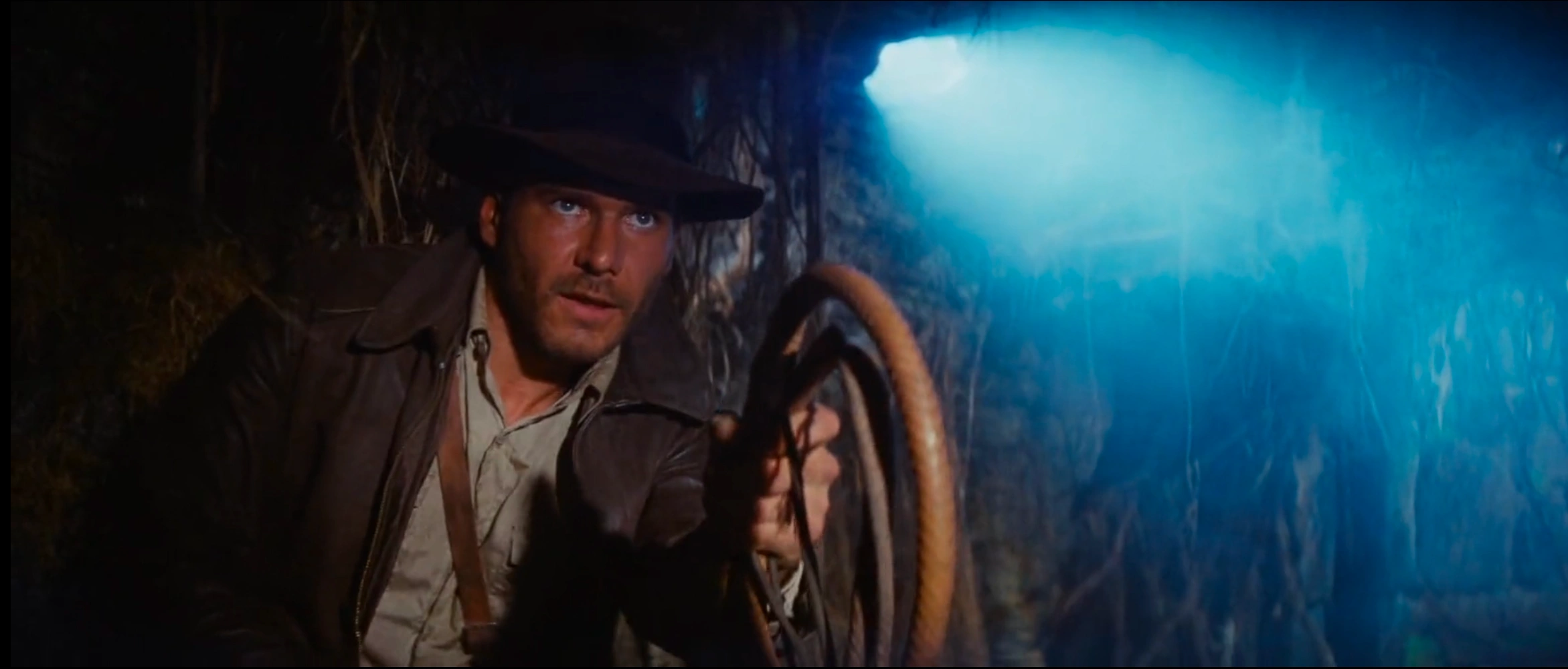
The Indiana Jones franchise chronicles the globe-trotting adventures of Dr. Henry "Indiana" Jones Jr., an archaeologist with a knack for finding trouble.
Beginning with Raiders of the Lost Ark (1981), Indy races Nazi forces to recover the biblical Ark of the Covenant. The prequel Temple of Doom (1984) takes him to India where he confronts a sinister cult, while Last Crusade (1989) pairs him with his father on a quest for the Holy Grail.
The saga continued with Kingdom of the Crystal Skull (2008) and concluded with Dial of Destiny (2023). Harrison Ford's charismatic portrayal cemented Indy as cinema's definitive treasure hunter, complete with his iconic fedora, whip, and fear of snakes—a phobia whose origin was revealed in Last Crusade as stemming from a childhood encounter.
The series' blend of historical mysteries with heart-pounding action has influenced adventure filmmaking for decades.
The Librarian Film Series (2004)
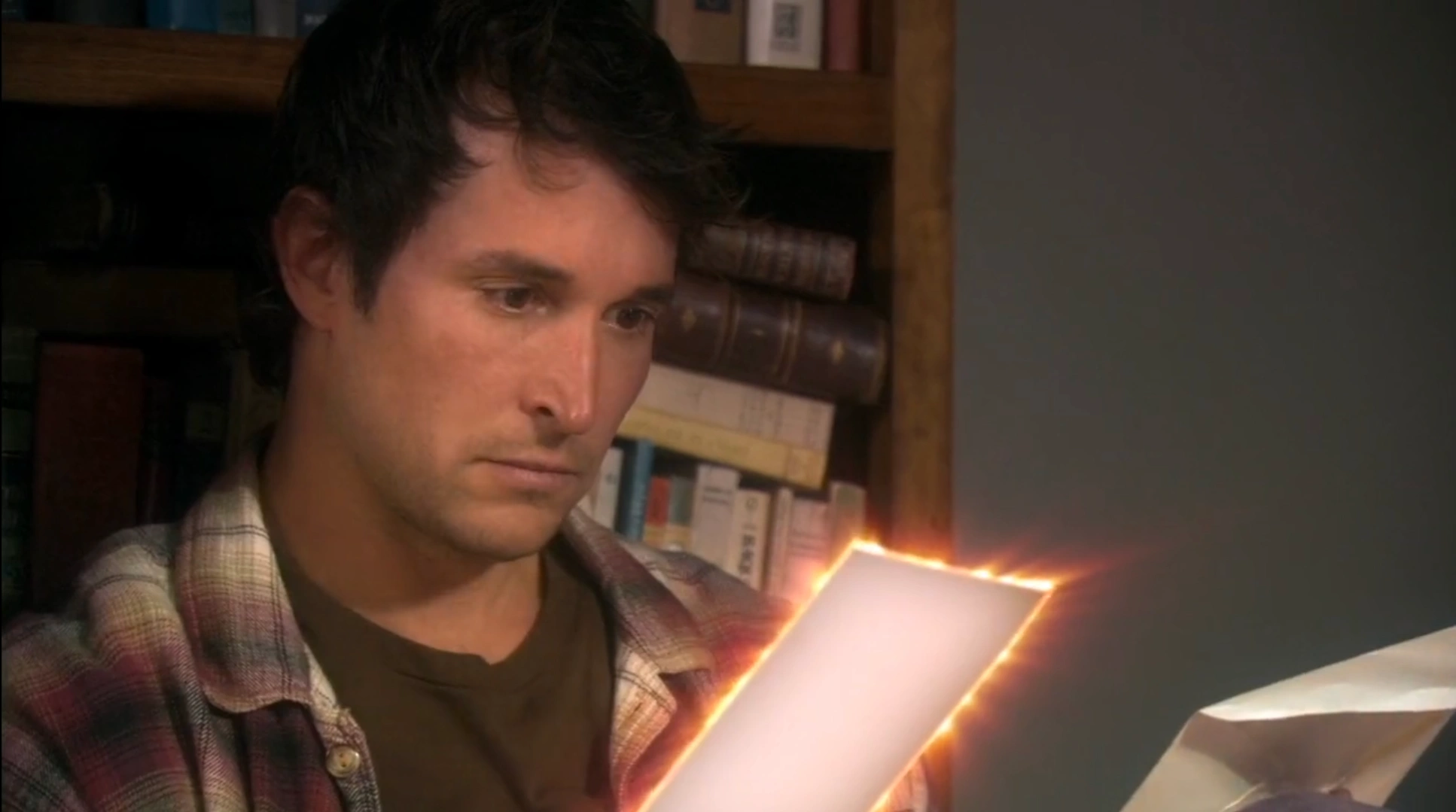
The Librarian series introduces Flynn Carsen, a brilliant but socially awkward scholar who becomes the guardian of a secret collection housing mystical artifacts.
In Quest for the Spear (2004), Flynn embarks on his first mission to retrieve a stolen magical artifact. Return to King Solomon's Mines (2006) follows his journey through Africa seeking legendary treasures, while Curse of the Judas Chalice (2008) pits him against vampires pursuing a powerful relic.
The franchise later expanded into a TV series, The Librarians (2014–2018), introducing a team of new protectors continuing Flynn's legacy.
Noah Wyle's endearing portrayal gives viewers an intellectual hero who relies on knowledge rather than brawn, creating a lighter, more fantastical take on artifact hunting that offers a refreshing alternative to more action-heavy adventure films.
The Dig (2021)
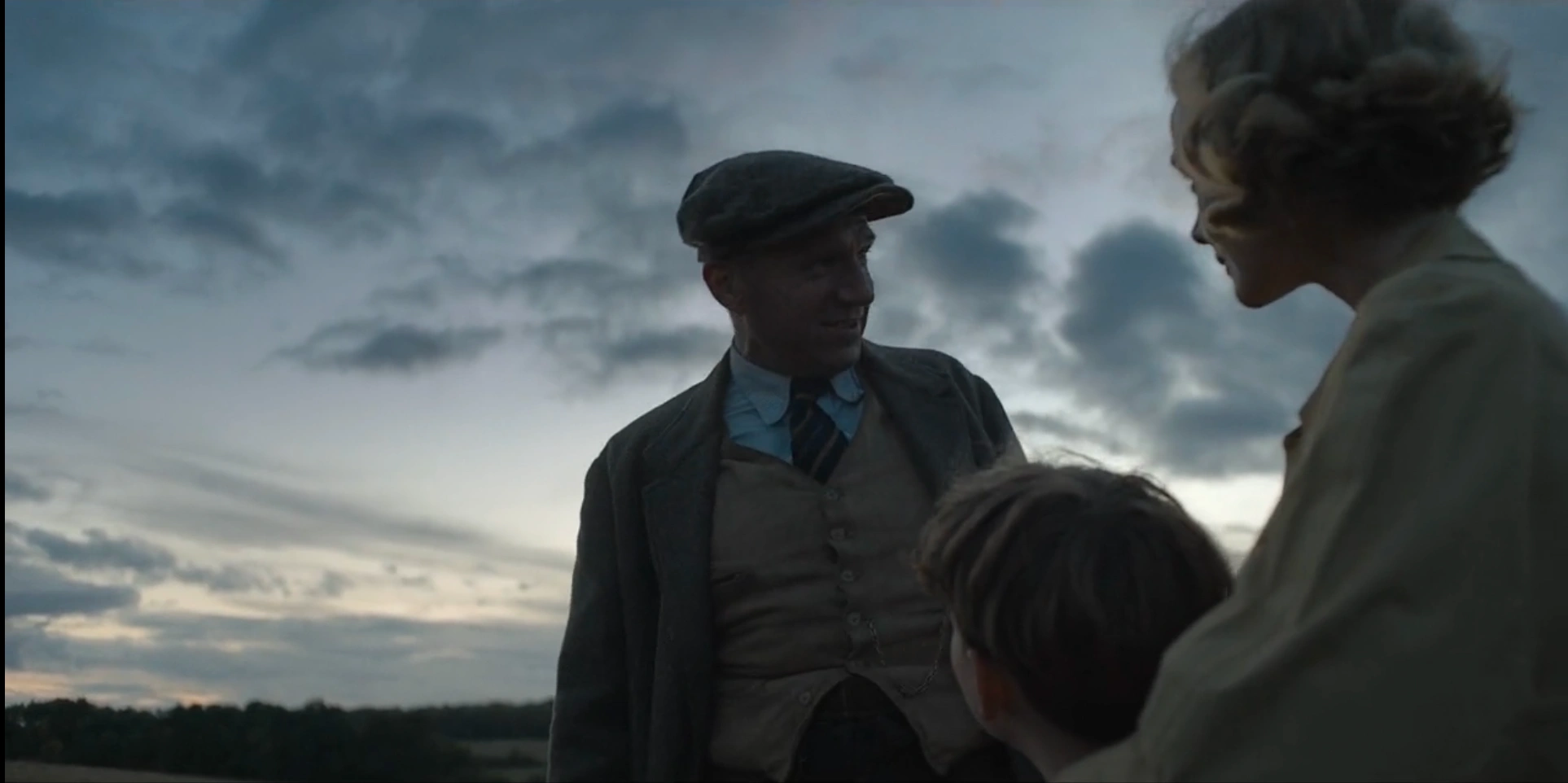
Unlike most treasure hunting films, The Dig presents a more contemplative, historical approach based on the true story of the 1939 Sutton Hoo excavation.
Set against the looming backdrop of World War II, the film follows Edith Pretty, a widowed landowner who hires self-taught archaeologist Basil Brown to investigate mysterious burial mounds on her estate. Their work leads to the astonishing discovery of an Anglo-Saxon ship burial that revolutionized understanding of early British history.
Ralph Fiennes portrays Brown with quiet dignity, capturing the spirit of a man whose crucial contributions went largely unrecognized during his lifetime. Carey Mulligan's nuanced performance as Pretty adds emotional depth to this meditation on legacy, mortality, and the value of historical preservation.
The film beautifully captures the painstaking nature of real archaeological work and the profound connection formed with the past.
National Treasure (2004)
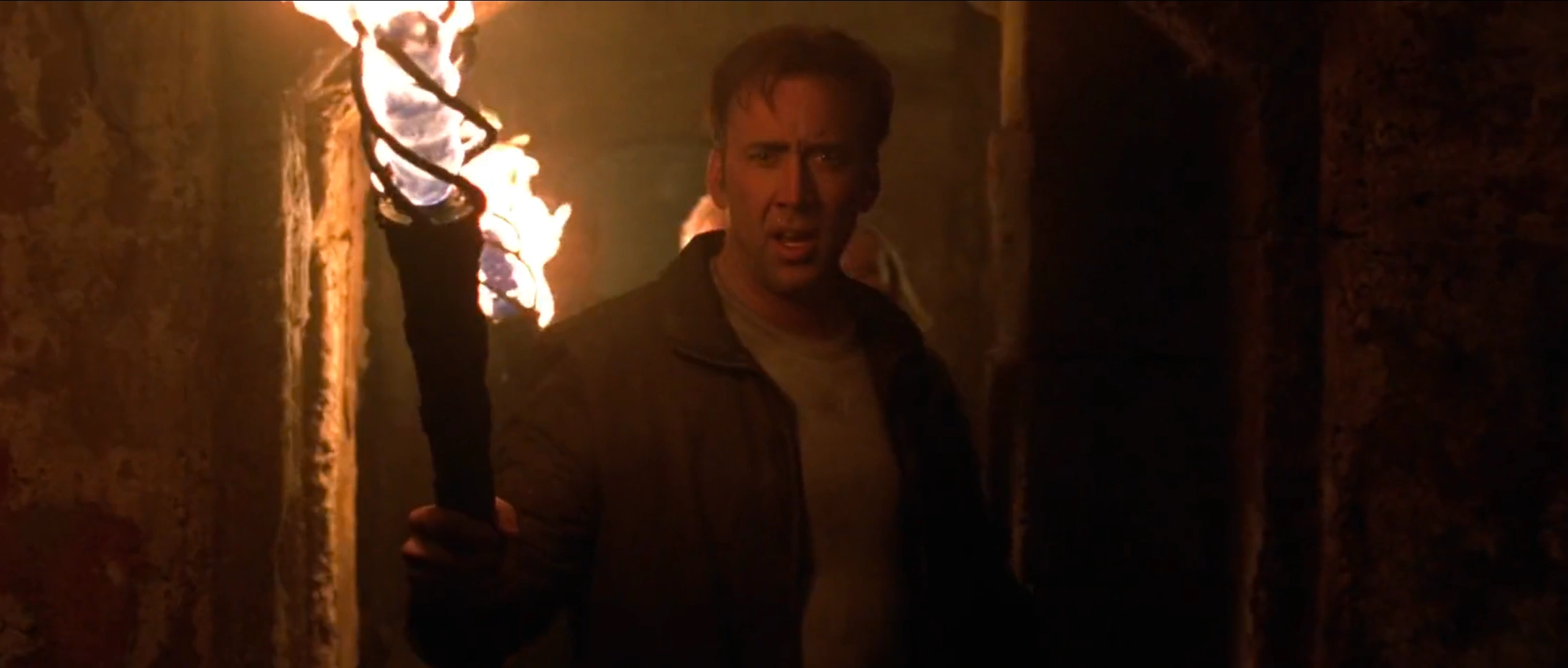
In National Treasure, historian and cryptographer Benjamin Franklin Gates continues his family's generations-long search for a legendary treasure hidden by America's Founding Fathers.
Nicolas Cage brings an earnest enthusiasm to the role as Gates embarks on an audacious plan to steal the Declaration of Independence, which contains a hidden map. The film cleverly weaves American historical landmarks, symbols, and documents into an elaborate treasure hunt across Washington D.C., Philadelphia, and New York.
Its sequel, Book of Secrets (2007), expands the adventure when Gates uncovers secrets from John Wilkes Booth's diary that lead to a mysterious Native American city of gold.
While taking considerable liberties with history, the franchise sparked genuine public interest in American historical sites and figures. The films blend puzzle-solving intrigue with action sequences, creating accessible adventures that treat American history as a playground for mystery and discovery.
Romancing the Stone (1984)
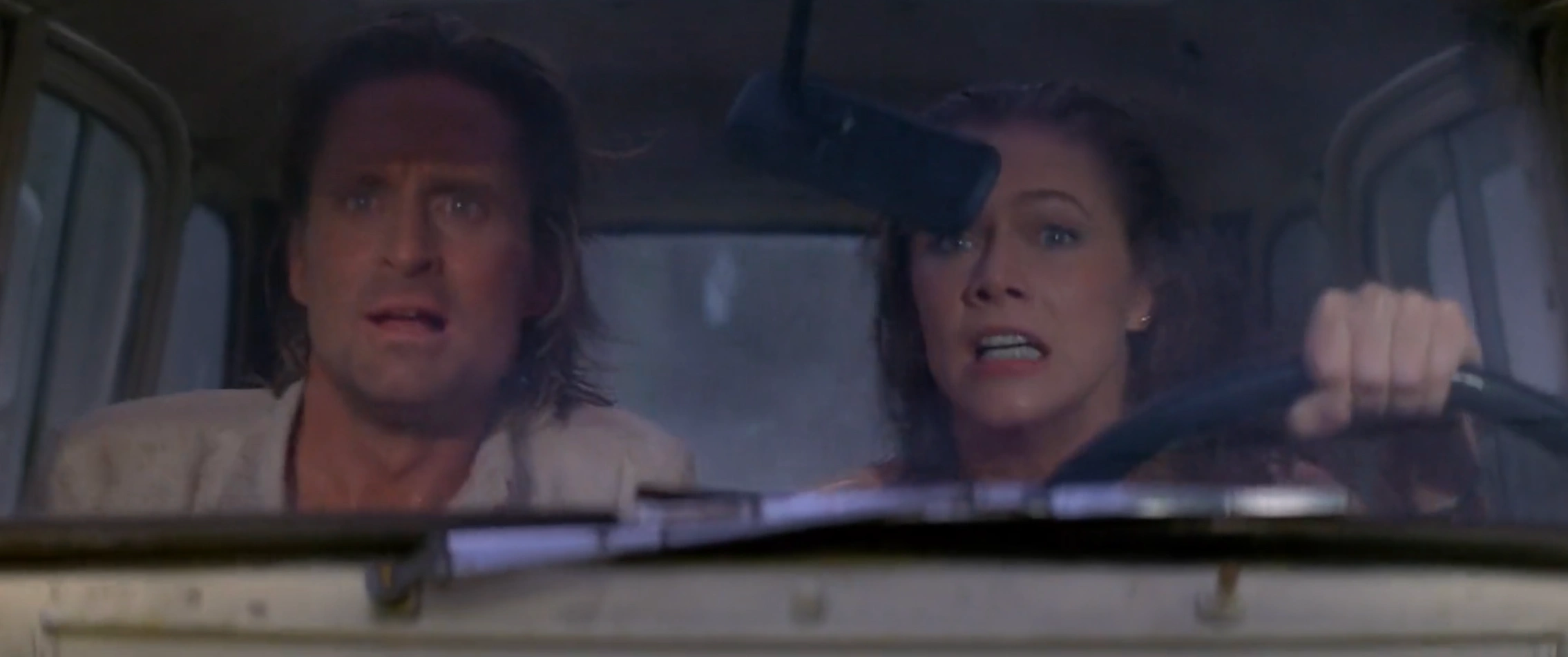
Romancing the Stone follows Joan Wilder, a reclusive romance novelist who gets thrust into a Colombian adventure when her sister is kidnapped.
Kathleen Turner brilliantly portrays Joan's transformation from sheltered writer to capable adventurer as she teams up with roguish bird smuggler Jack Colton, played with charismatic swagger by Michael Douglas. Guided by a treasure map mailed to her by her late brother-in-law, they navigate treacherous jungle terrain while developing an electric chemistry.
Director Robert Zemeckis crafts a perfect blend of romance, comedy, and action, with Danny DeVito adding comic relief as a bumbling villain. The film's commercial success spawned a sequel, The Jewel of the Nile (1985), continuing their adventures in North Africa.
What makes Romancing the Stone special is how it both celebrates and gently satirizes adventure tropes, with Joan experiencing in real life the kind of romantic adventures she previously only wrote about in her novels.
The Goonies (1985)
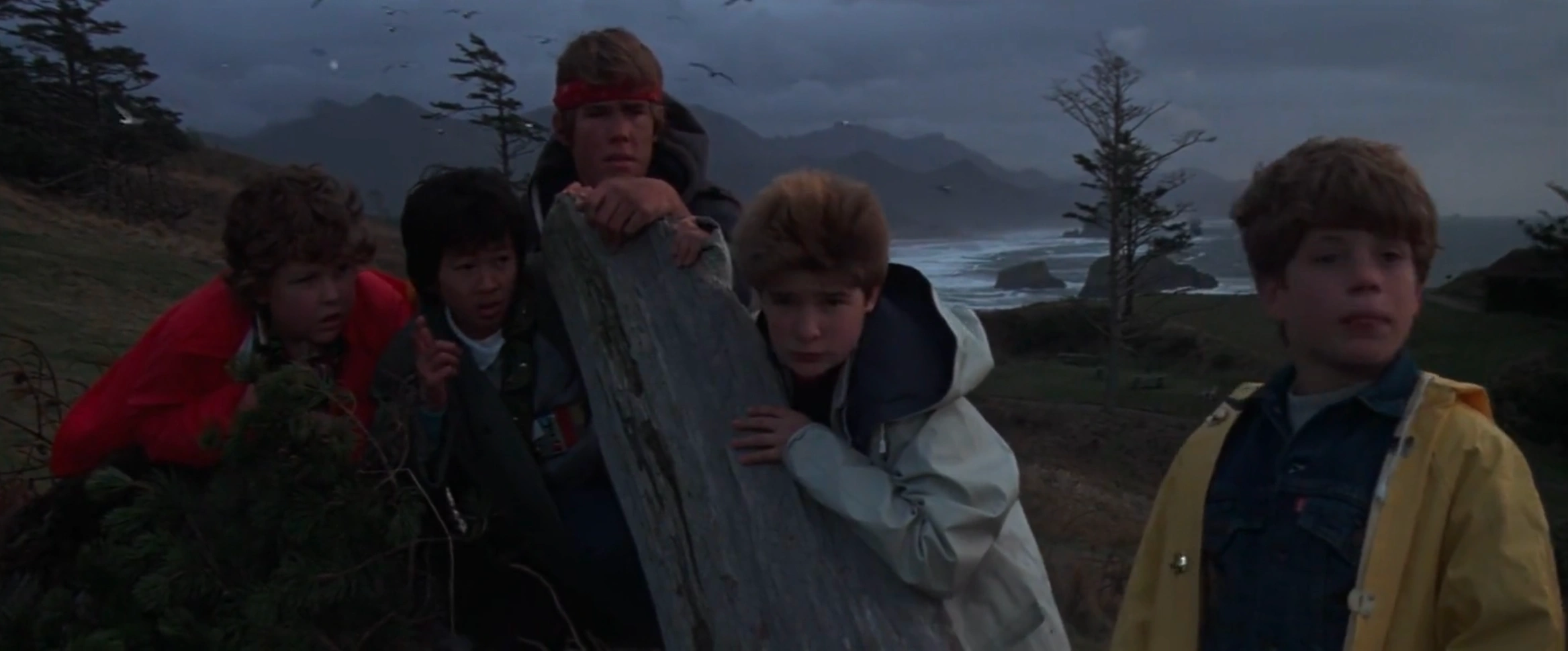
The Goonies captures the youthful spirit of adventure and friendship when a group of misfit kids discover an old pirate map in an attic.
With their neighborhood facing demolition for a country club expansion, the self-proclaimed "Goonies" see the treasure of legendary pirate One-Eyed Willy as their last hope to save their homes.
The ensemble cast of young actors, including Sean Astin and Josh Brolin, creates authentic camaraderie as they navigate underground caverns filled with booby traps while evading the criminal Fratelli family.
Director Richard Donner, working from a story by Steven Spielberg, balances thrilling adventure with heartfelt moments and quirky humor. The film's iconic lines, characters like Sloth, and set pieces such as the elaborate pirate ship reveal have made it a cultural touchstone that continues to resonate with new generations.
Its enduring popularity has spawned annual fan celebrations in Astoria, Oregon, where much of the movie was filmed.
Journey to the Center of the Earth (2008)
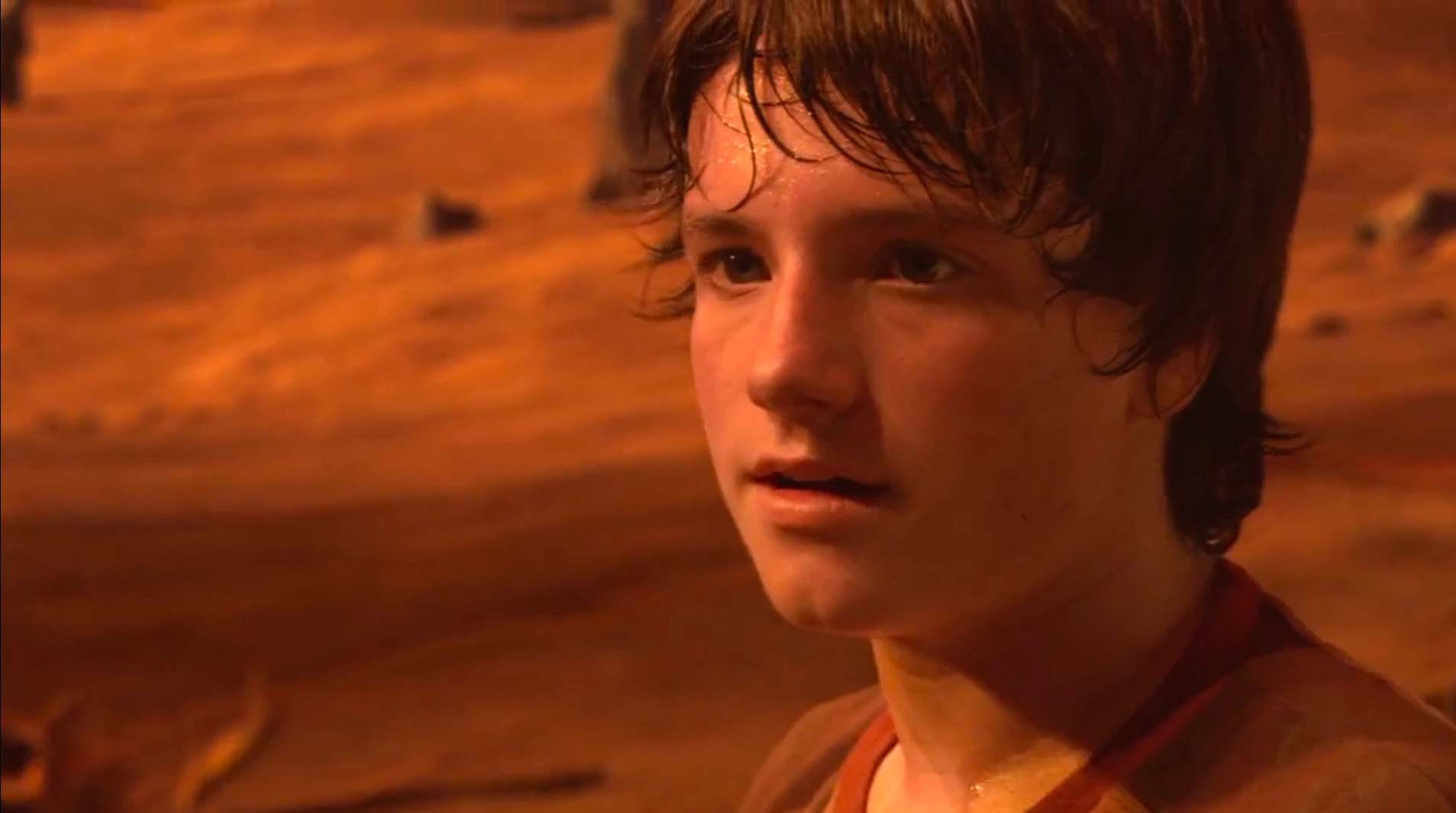
This modern adaptation of Jules Verne's classic novel follows Trevor Anderson, a scientist who discovers his missing brother's annotations in a copy of Verne's book, suggesting the novel was based on actual events.
Brendan Fraser brings his trademark enthusiasm to the role as Trevor, his nephew Sean, and their Icelandic guide Hannah descend into a volcanic tube, discovering a spectacular subterranean world.
As one of the first films released in digital 3D, the movie capitalized on immersive visuals like carnivorous plants, massive mushroom forests, and flying luminescent birds.
The trio's quest to find Trevor's brother transforms into a race for survival as they navigate this hidden realm filled with prehistoric creatures and treacherous terrain.
While taking significant liberties with Verne's source material, the film maintains the spirit of wonder and scientific curiosity that characterized his work, making complex geological concepts accessible and exciting for younger viewers.
The Lost City (2022)
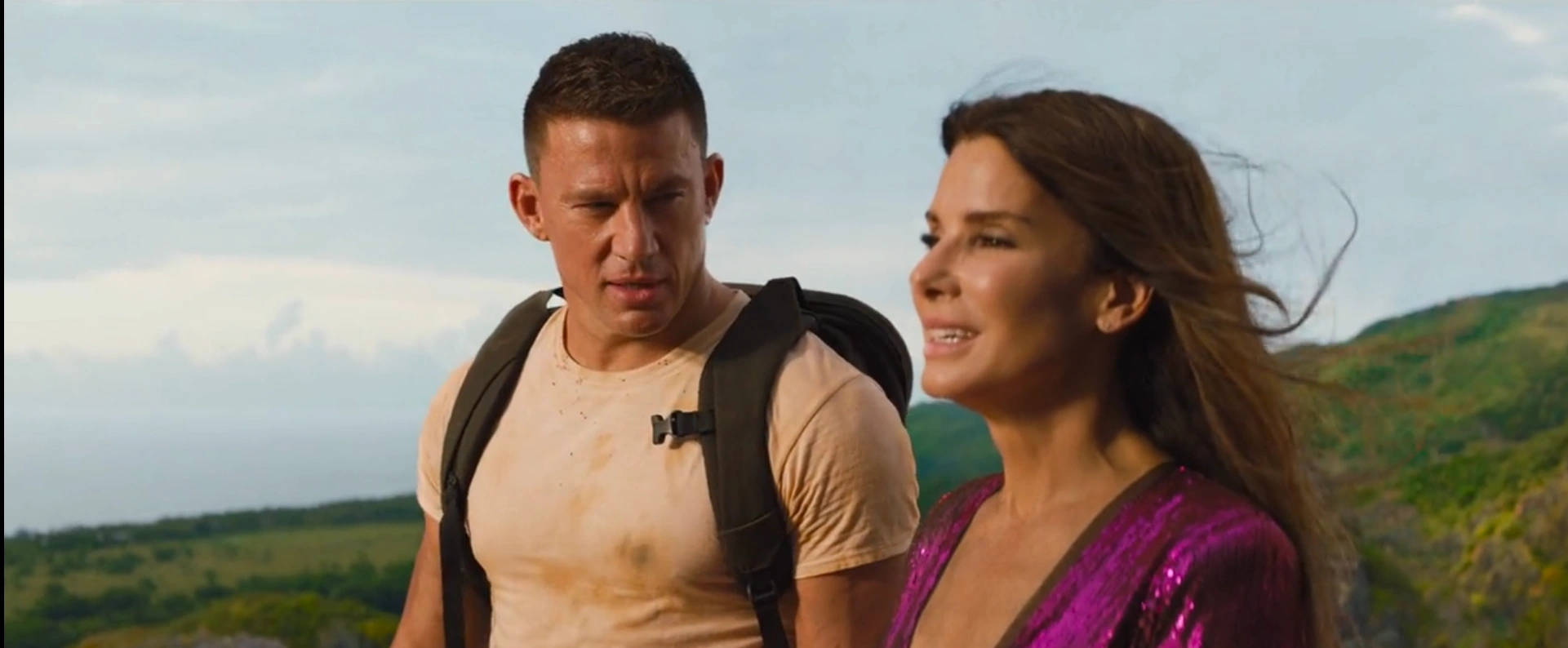
The Lost City offers a contemporary spin on the romantic adventure genre, starring Sandra Bullock as Loretta Sage, a reclusive romance novelist grieving her archaeologist husband's death.
When an eccentric billionaire kidnaps her believing the lost city in her latest novel is real and that she can decode an ancient text leading to treasure, her book cover model Alan (Channing Tatum) attempts a rescue despite having none of the survival skills of the hero he portrays.
Their journey through the jungle creates a perfect comedic setup as the scholarly writer and the well-intentioned but unprepared model face genuine danger.
Daniel Radcliffe delivers a delightfully unhinged performance as the wealthy villain, while Brad Pitt's extended cameo as a hyper-competent mercenary adds another layer of humor.
The film cleverly plays with romance novel tropes while allowing its leads to develop genuine chemistry amidst the action, making for an entertaining adventure that balances heartfelt moments with laugh-out-loud scenarios.
The Treasure of the Sierra Madre (1948)
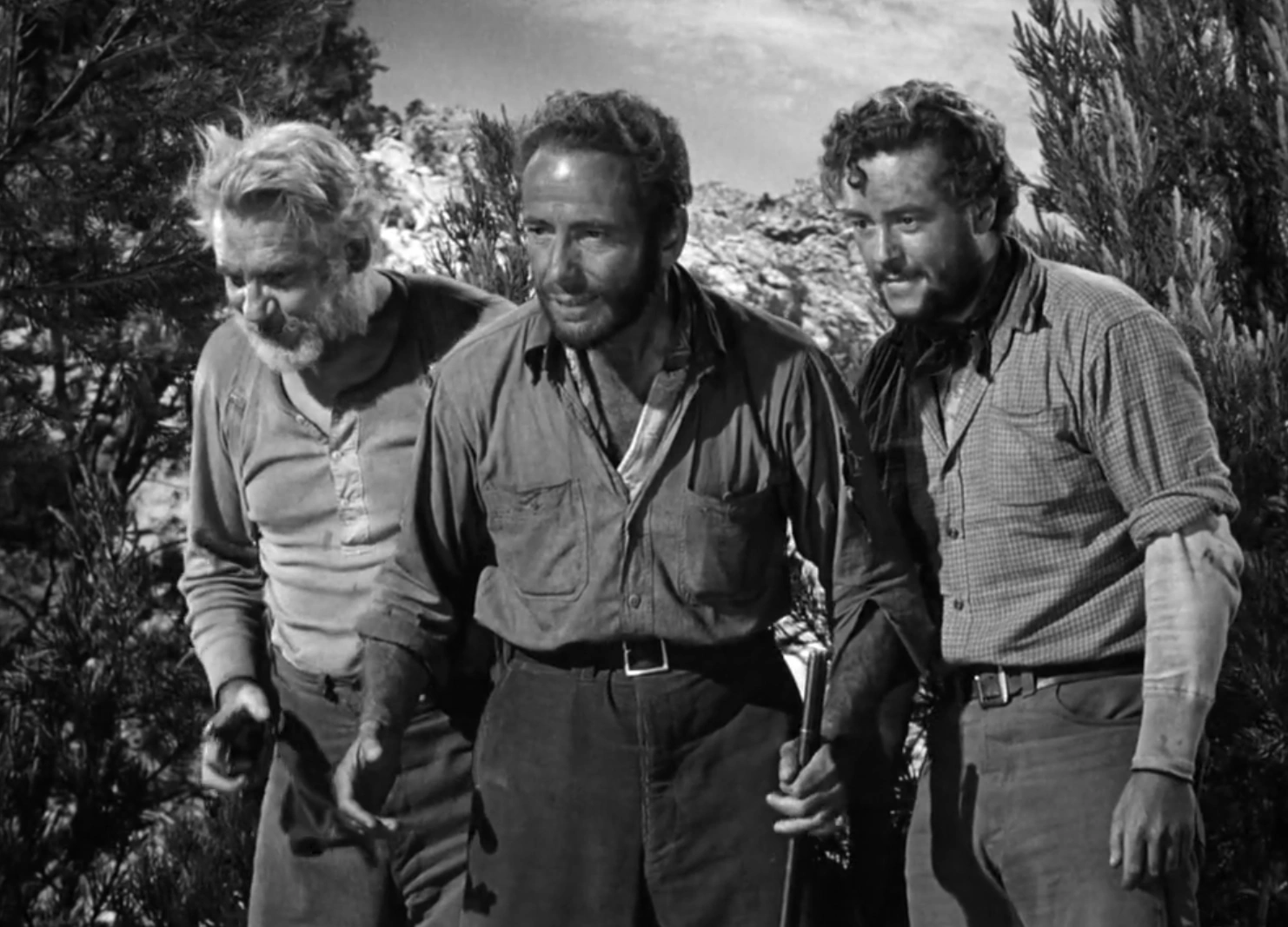
This classic film tells the story of two down-on-their-luck Americans who, along with an old prospector, venture into the Sierra Madre mountains in search of gold.
As they find success, greed and paranoia set in, leading to tragic consequences. The film is renowned for its exploration of human nature and the corrupting power of wealth.
The Treasure of the Sierra Madre won three Academy Awards and is often cited as one of the greatest films of all time, featuring powerful performances and timeless themes about the destructive nature of greed.
Ready Player One (2018)
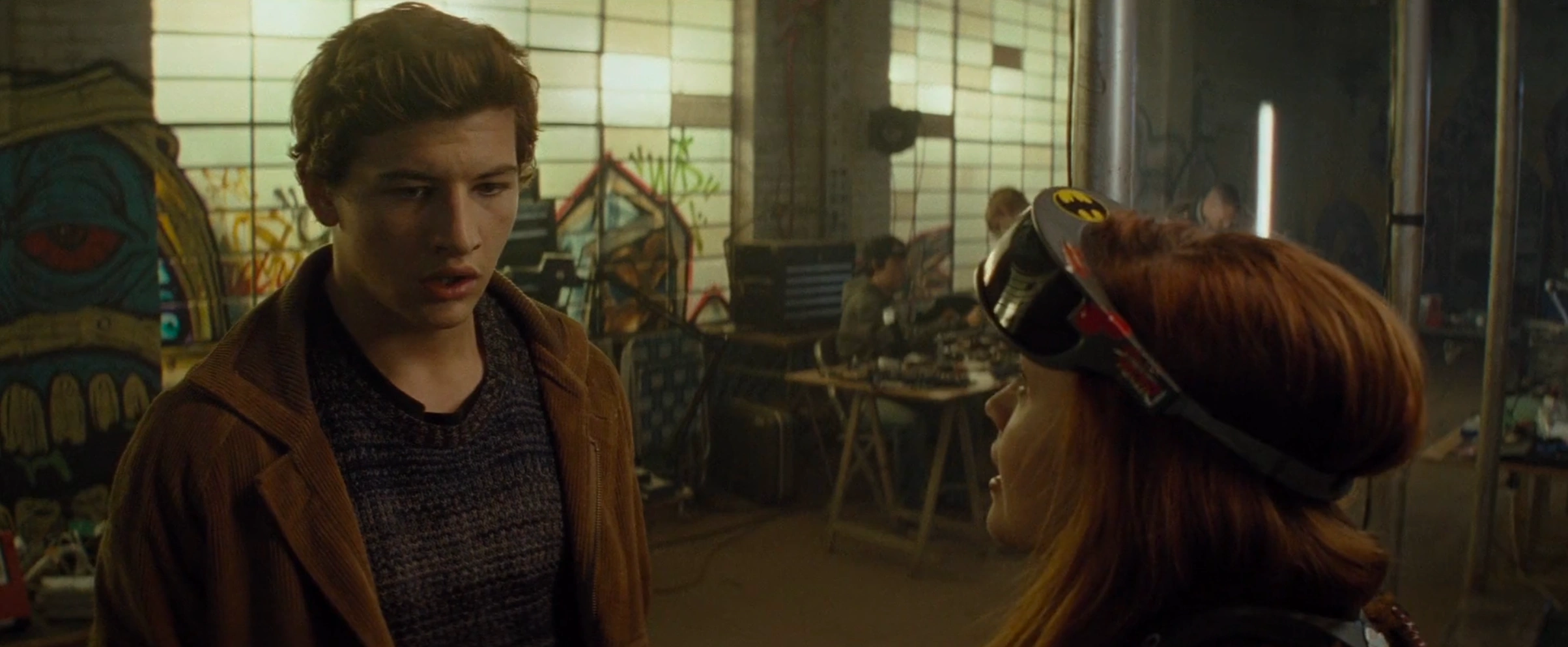
Steven Spielberg's Ready Player One transports the treasure hunting genre into a digital realm, set in a dystopian 2045 where people escape harsh reality through the OASIS, an immersive virtual universe.
Tye Sheridan plays Wade Watts, a teenager who joins millions in a quest to find an Easter egg hidden by the OASIS creator James Halliday, with ownership of the virtual world as the prize.
The hunt requires intimate knowledge of Halliday's obsessions with 1980s and 1990s pop culture, turning the film into a wildly entertaining celebration of gaming, movies, music, and television from that era.
As Wade and his friends progress through increasingly difficult challenges, they must also contend with a corporate entity seeking to control the OASIS for profit.
Spielberg deliberately minimized references to his own influential films to avoid self-indulgence, instead crafting a visual feast that captures gaming culture's communal spirit. The virtual setting allows for spectacular sequences that would be impossible in reality, including a race through an ever-changing cityscape filled with iconic vehicles from pop culture.
O Brother, Where Art Thou? (2000)
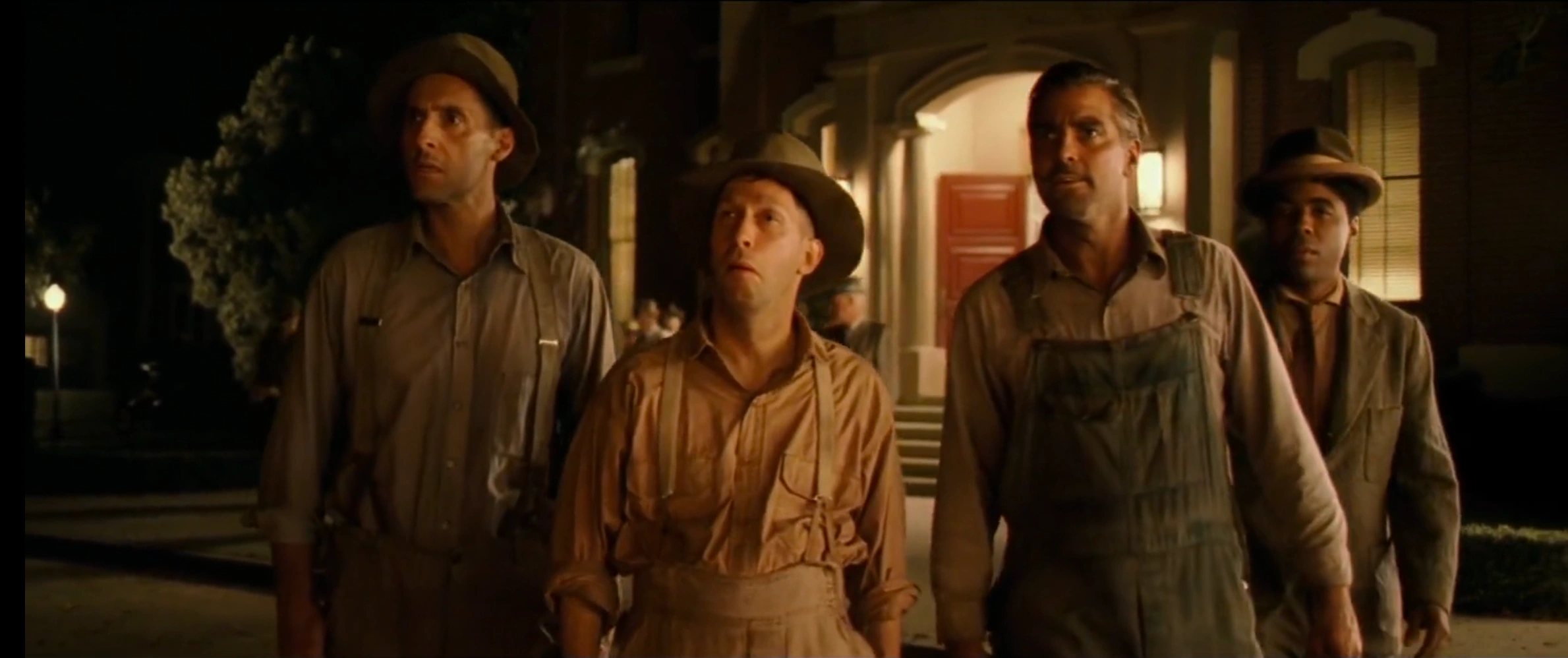
Set in the 1930s Deep South, this film follows three escaped convicts on a quest to retrieve a buried treasure, encountering various eccentric characters along the way.
Loosely based on Homer's Odyssey, the movie blends comedy, adventure, and music, featuring a Grammy-winning soundtrack that brought bluegrass to a wider audience.
The film's unique visual style was achieved through extensive digital color correction, giving it a sepia-toned, vintage look that perfectly complements its Depression-era setting.
Three Kings (1999)
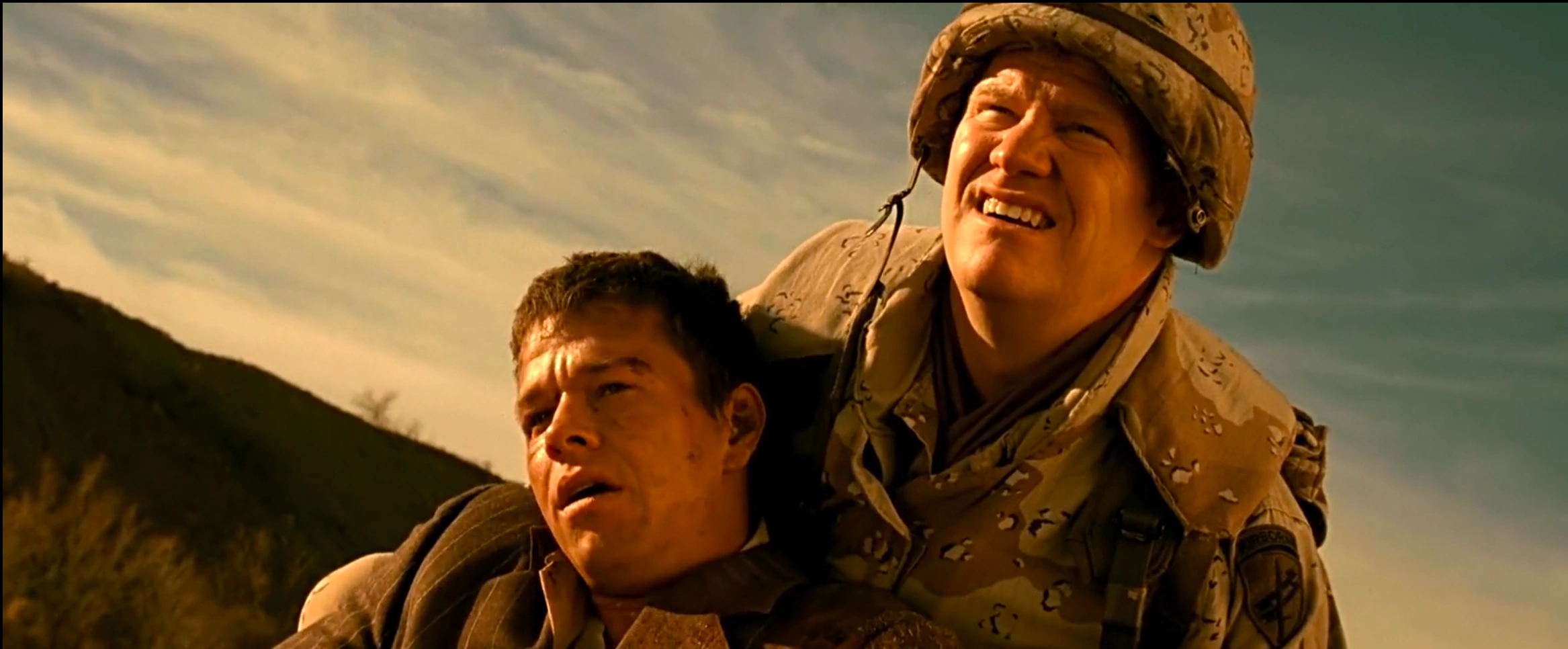
Set during the aftermath of the Gulf War, this satirical war film follows four American soldiers who set out to steal gold stolen from Kuwait, only to find themselves embroiled in a mission to help oppressed Iraqi civilians.
The movie combines action, dark humor, and political commentary, offering a unique perspective on war.
Director David O. Russell employed innovative cinematography techniques to depict the chaos and surreal nature of war, creating a visually distinctive treasure hunting adventure with moral complexity.
The Count of Monte Cristo (2002)
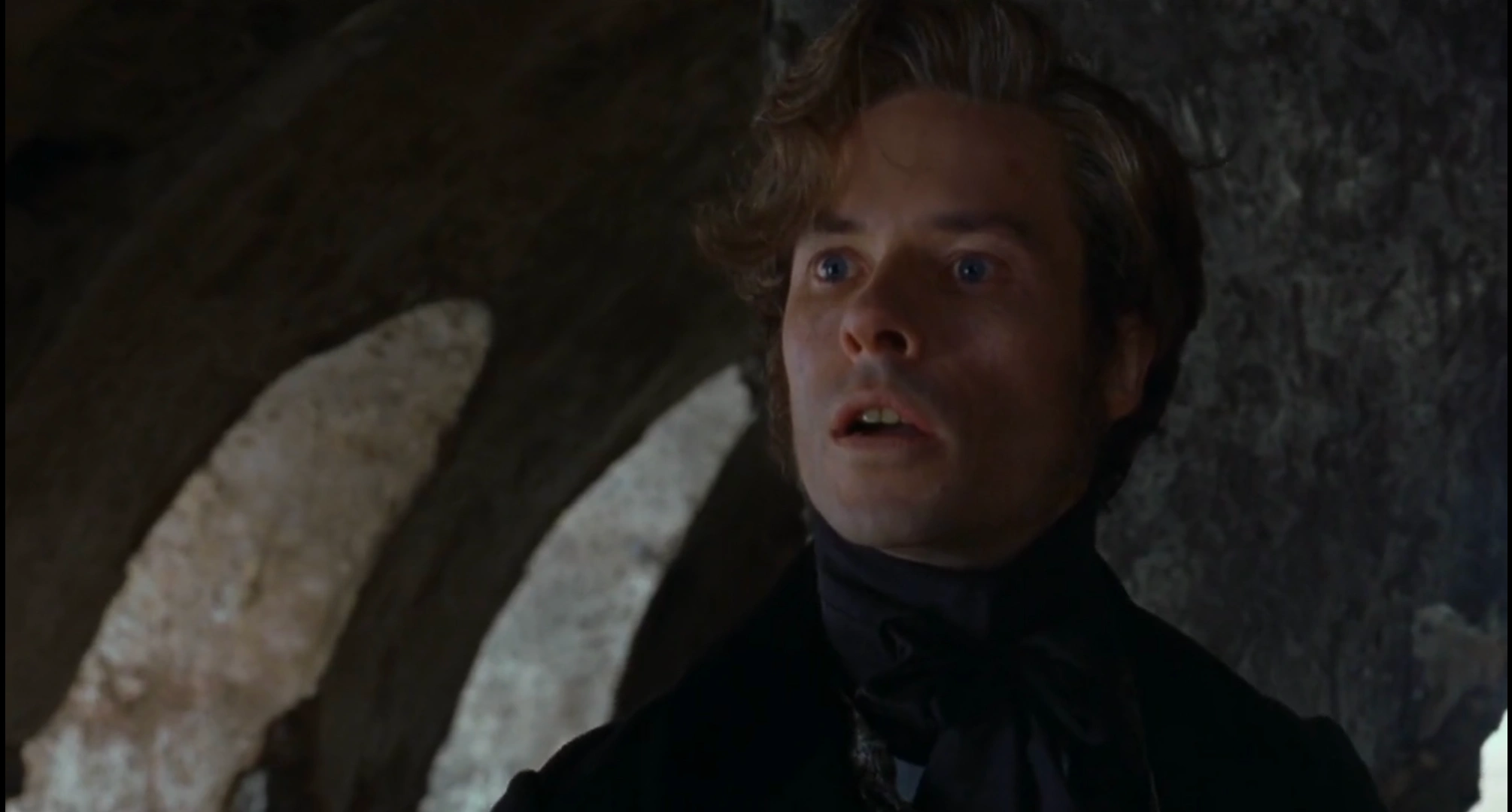
An adaptation of Alexandre Dumas' classic tale, the film follows Edmond Dantès, a man wrongfully imprisoned who escapes and seeks revenge against those who betrayed him.
Set against the backdrop of 19th-century France, the movie explores themes of justice, vengeance, and redemption as Dantès discovers a hidden treasure that provides him with the means to enact his elaborate plan.
The film was praised for its faithful adaptation and strong performances, bringing the timeless story of betrayal, treasure, and revenge to a new generation.
Outer Banks (2020)
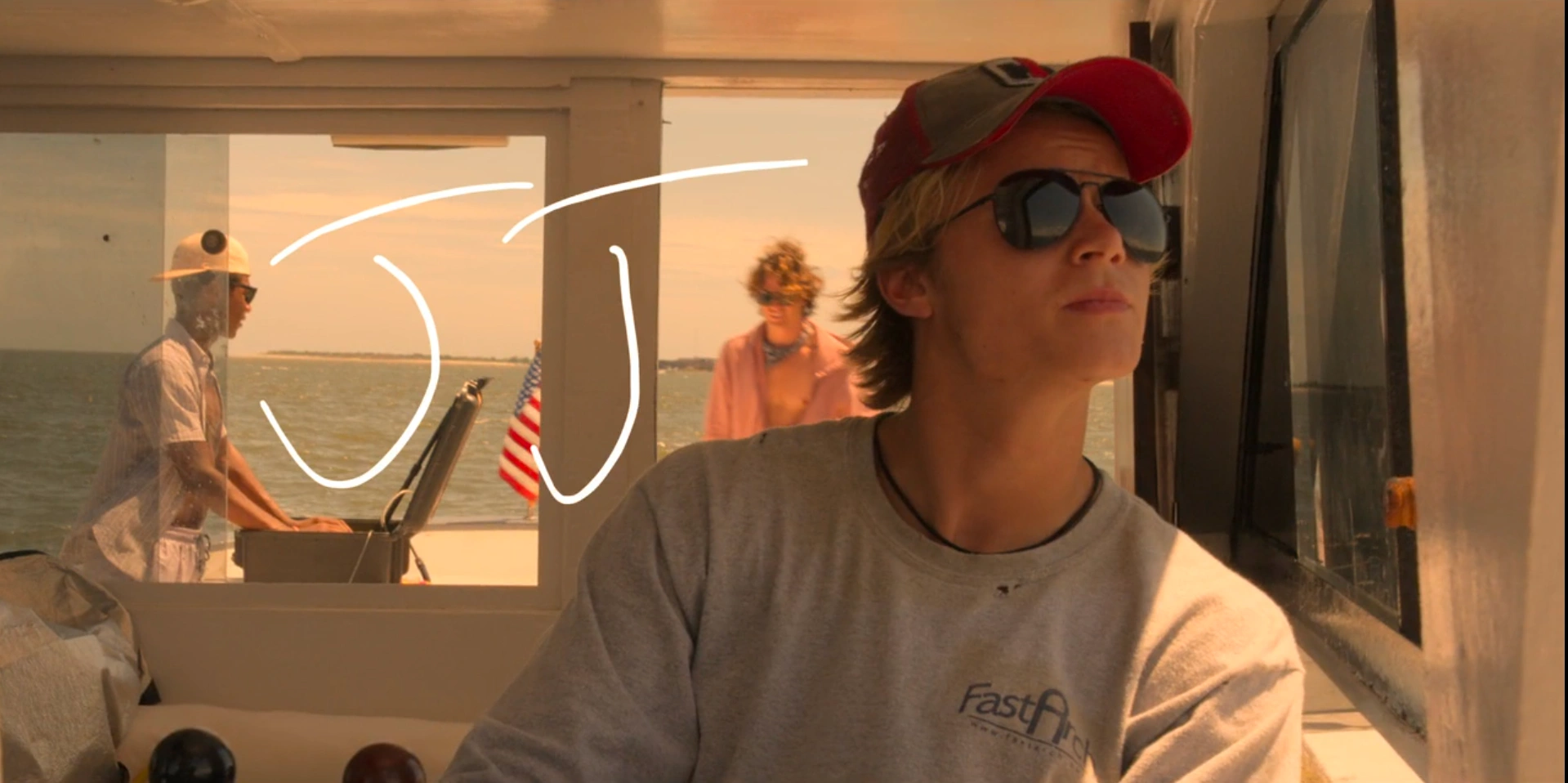
This teen drama series brings treasure hunting to modern coastal North Carolina, following a group of working-class teenagers called "Pogues" who search for a legendary treasure connected to the disappearance of their leader John B's father.
The show masterfully blends adventure with coming-of-age themes against a backdrop of stark class division between the Pogues and the wealthy "Kooks."
As the teens decode clues and explore their coastal surroundings, they uncover a mystery spanning generations, with connections to the historical Royal Merchant shipwreck.
The series captures the distinct atmosphere of the Atlantic coast with its sun-soaked cinematography and maritime setting.
What separates Outer Banks from similar teen dramas is its commitment to the treasure hunting narrative, creating elaborate puzzles and historical connections while maintaining the emotional core of friendship and first love.
Detectorists (2014-2022)
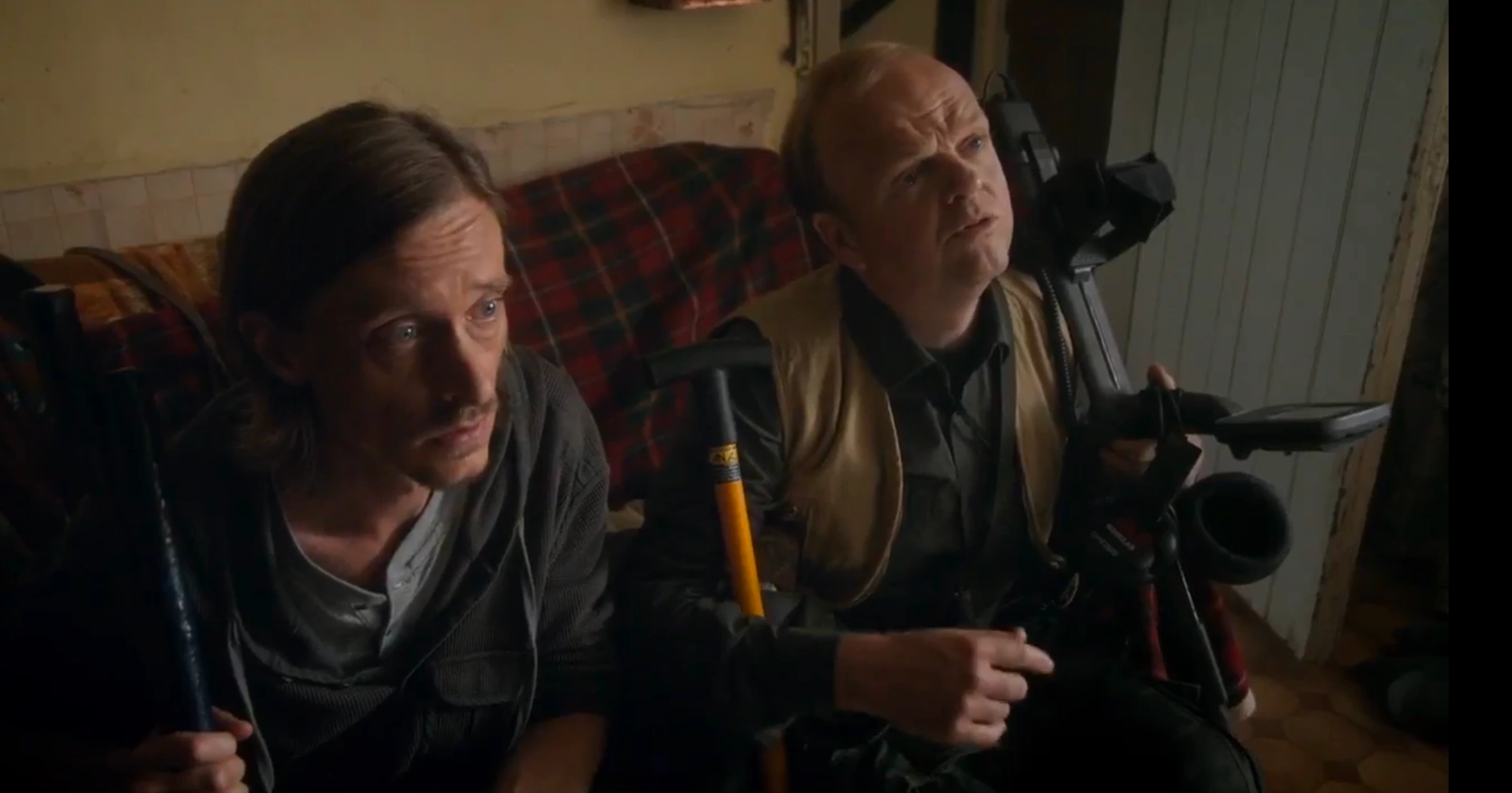
A British comedy series that delves into the lives of two metal-detecting enthusiasts, exploring their friendship, personal lives, and the quiet beauty of the English countryside.
The show is celebrated for its gentle humor, character depth, and poetic storytelling, following the pair as they search for Saxon gold in the fields of Essex.
With its understated approach to treasure hunting, Detectorists focuses more on the journey and the joy of the search than dramatic discoveries, creating a charming and authentic portrayal of hobby detectorists.
The series won a BAFTA for Best Scripted Comedy, highlighting its critical acclaim and unique approach to the treasure hunting genre.
Black Sails (2014)
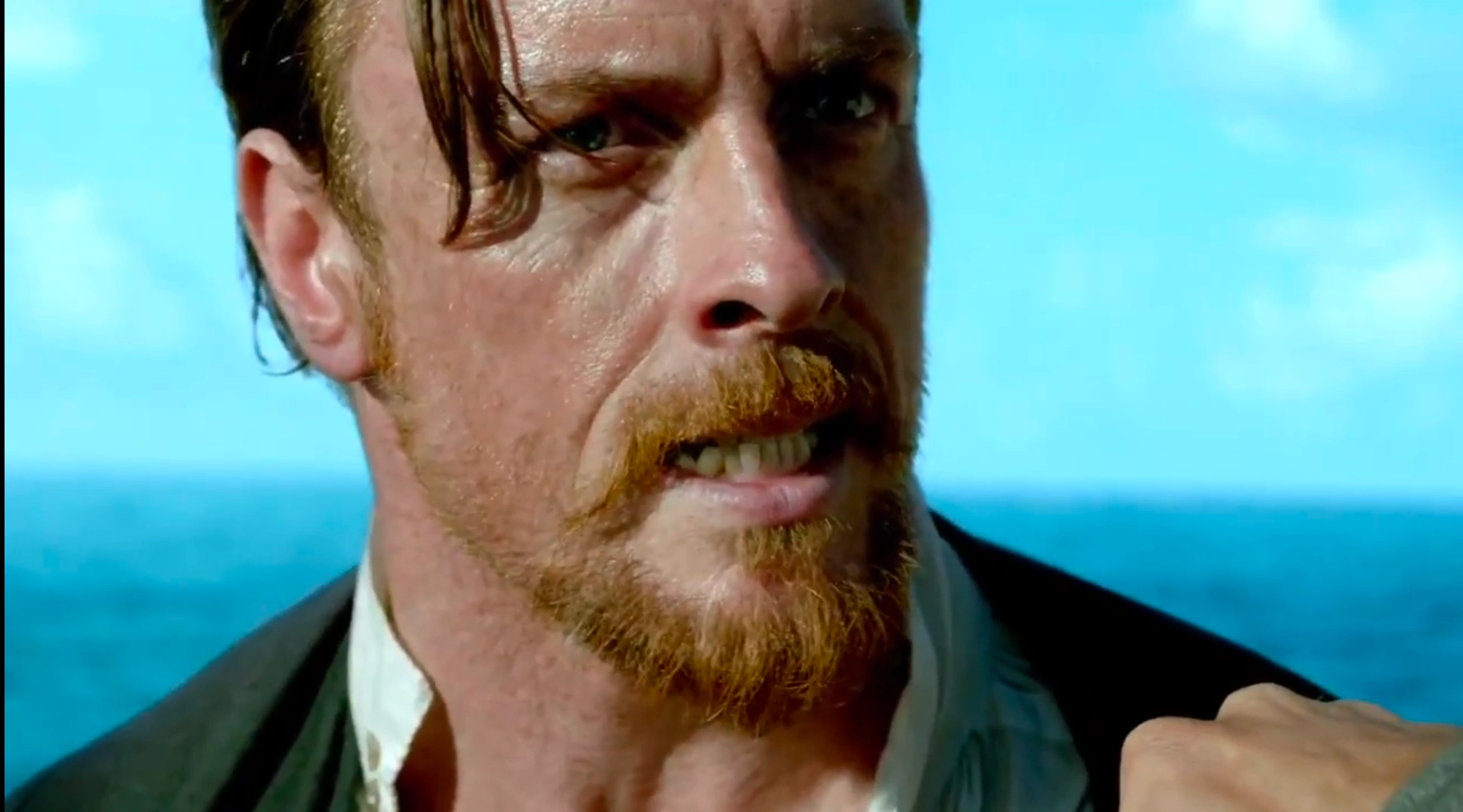
Serving as a prequel to Robert Louis Stevenson's classic novel "Treasure Island," Black Sails explores the golden age of piracy through the eyes of Captain Flint and his crew.
Set two decades before the events of the novel, the series follows the pirates of New Providence Island as they fight for survival against British colonial forces.
The central treasure hunt revolves around the legendary Spanish gold of the Urca de Lima, a quest that drives much of the early narrative.
What sets Black Sails apart is its nuanced approach to pirate life, blending historical figures like Anne Bonny and Jack Rackham with fictional characters from literature.
The show examines the politics, economics, and social structures that gave rise to piracy in the Caribbean. Toby Stephens delivers a complex performance as Flint, revealing layers of motivation beyond simple greed.
The series received acclaim for its production values, particularly the detailed ship sequences combining practical effects with CGI to create realistic naval battles rarely seen in television.



